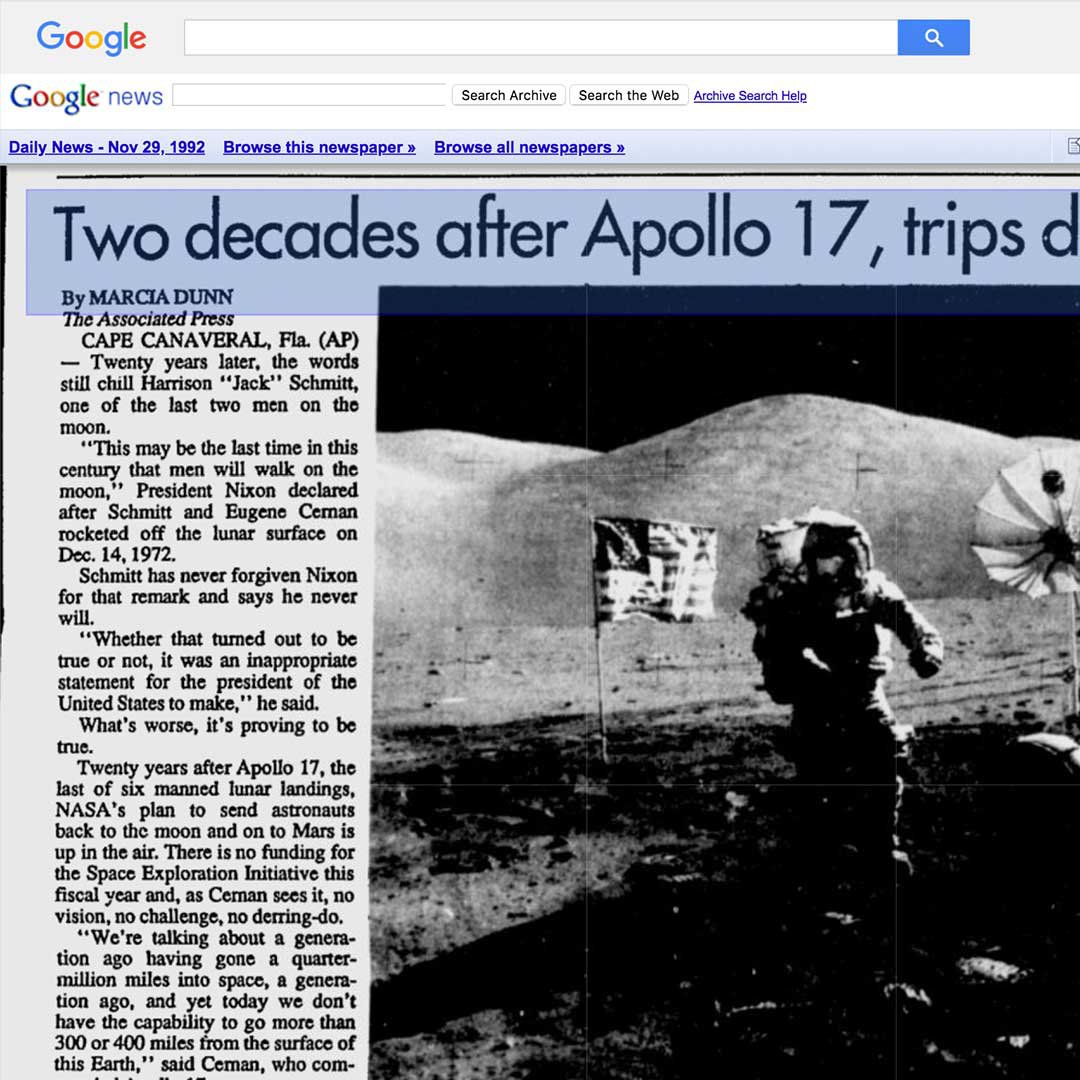The Ultimate Guide To News Articles
The Ultimate Guide To News Articles
Blog Article
About News Articles
Table of ContentsThe Only Guide for News ArticlesAn Unbiased View of News ArticlesMore About News ArticlesWhat Does News Articles Do?An Unbiased View of News Articles
Great understanding of different topics gives students a competitive side over their peers. Even though digital and social media sites are easily accessible, we should not fail to remember just how essential it is to check out the newspapers. Moms and dads need to try and instill the practice of reading a paper as an everyday regimen to continue the legacy of the adored print tool.News stories additionally have at the very least one of the complying with vital features family member to the designated audience: proximity, prestige, timeliness, human passion, quirk, or repercussion.
Within these limitations, information stories also aim to be detailed. Among the larger and extra recognized newspapers, justness and balance is a major aspect in presenting information.
Newspapers with a global audience, for example, have a tendency to make use of an extra formal style of writing. The specific selections made by an information electrical outlet's editor or content board are frequently collected in a design guide; typical style overviews consist of the and the United States News Style Book. The main goals of news writing can be summed up by the ABCs of journalism: accuracy, brevity, and quality.
The Ultimate Guide To News Articles
Generally, reporters will certainly not utilize a long word when a short one will certainly do. They utilize subject-verb-object building and construction and vivid, energetic prose (see Grammar). They provide stories, examples and metaphors, and they hardly ever depend upon generalizations or abstract concepts. News authors attempt to prevent using the exact same word greater than as soon as in a paragraph (often called an "resemble" or "word mirror").
Nevertheless, headlines in some cases leave out the topic (e.g., "Jumps From Boat, Catches in Wheel") or verb (e.g., "Cat woman lucky"). A subhead (likewise subhed, sub-headline, subheading, subtitle, deck or dek) can be either a subordinate title under the major heading, or the heading of a subsection of the write-up. It is a heading that precedes the primary message, or a group of paragraphs of the major text.

Added billboards of any of these types might show up later in the post (especially on subsequent web pages) to tempt additional reading. Such billboards are additionally made use of as pointers to the short check article in other areas of the magazine or website, or as promotions for the item in various other magazine or sites. Typical framework with title, lead paragraph (recap in bold), other paragraphs (details) and get in touch with details.

Example of a hard-lead paragraph NASA is recommending another space job. The firm's spending plan request, revealed today, included a strategy to send one more objective to the Moon. This time around the agency wants to establish a lasting center as a jumping-off point for various other space experiences. The budget demands roughly $10 billion for the job.
The NASA announcement came as the agency asked for $10 billion of appropriations for the task. An "off-lead" is the second most essential front web page news of the day. The off-lead shows up either in the top left corner, or straight listed below the lead on the. To "hide the lead" is to begin the next page article with background info or information of additional significance to the viewers, forcing them to check out more deeply right into an article than they need to have to in order to uncover the crucial points.
The Best Strategy To Use For News Articles
Common usage is that a person or two sentences each develop their own paragraph. Reporters generally define the organization or framework of an information tale as an inverted pyramid. The crucial and most intriguing elements of a tale are put at the start, with sustaining details complying with in order of diminishing value.
It permits individuals to discover a topic to just the depth that their inquisitiveness takes them, and without the imposition of information or nuances that they could consider irrelevant, yet still making that information readily available to a lot more interested viewers. The inverted pyramid framework additionally makes it possible for articles to be cut to any type of arbitrary length throughout layout, to fit in the space readily available.
Some writers begin their tales with the "1-2-3 lead", yet there are numerous kinds of lead offered. A twist can refer to numerous things: The last story in the news program; a "happy" story to end the show.
Longer articles, such as publication cover short articles and the items that lead the inside sections of a newspaper, are referred to as. Function stories differ from straight news in several means. Foremost is the absence of a straight-news lead, the majority of the time. As opposed to providing the essence of a tale up front, feature writers might attempt to draw viewers in.
6 Easy Facts About News Articles Described
The reporter commonly details communications with interview subjects, making the piece much more personal. A function's initial paragraphs typically relate an intriguing minute or occasion, as in an "anecdotal lead". From the details of a person or episode, its view promptly broadens to generalizations about the story's subject. The area that indicates what a feature has to do with is called the or signboard.

The Editor's Tool kit: A Referral Guide look here for Beginners and Professionals (2001) Allan M. Siegal and William G. Connolly. The New York Times Manual of Style and Usage: The Official Design Overview Made Use Of by the Writers and Editors of the Globe's The majority of Authoritative Paper (2002) M. L. Stein, Susan Paterno, and R.
Report this page